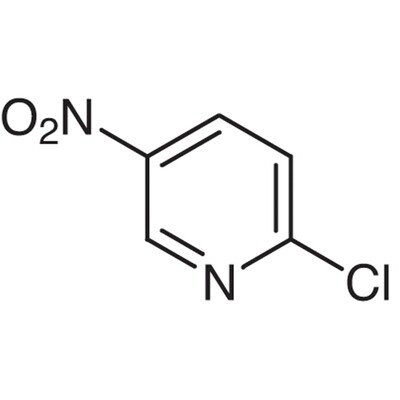Potassium acetate 99.99+% 25 g
SKU 903124-1
€ 216,81
In stock
1
Save this product for later
Potassium acetate 99.99+% 25 g
Product Details
CAS number: 127-08-2
Chemical formulas: KOOCCH3/ F.W. 98.14
Cation: K
Packaging: 25 g
EAN: 8721028243324
Brand: Laboratoriumdiscounter
Potassium acetate is a versatile compound used in various industries, including food, pharmaceuticals, and agriculture. With its ability to act as a buffering agent, preservative, and flavor enhancer, potassium acetate is a valuable ingredient in food products. Additionally, it is used in the production of medicines, as a deicer for aircraft, and as a fertilizer in agriculture. Its unique properties make potassium acetate an essential compound with a wide range of applications.
When working with Potassium acetate, it is important to follow safety precautions to ensure your well-being. Here are some short safety instructions to keep in mind: 1. Personal Protective Equipment (PPE): Always wear appropriate PPE, including gloves, safety goggles, and a lab coat or protective clothing, when handling Potassium acetate. 2. Ventilation: Work in a well-ventilated area or use a fume hood to prevent the accumulation of potentially harmful vapors or dust. 3. Storage: Store Potassium acetate in a cool, dry place away from incompatible substances. Keep it tightly sealed in its original container to prevent accidental spills or contamination. 4. Handling: Avoid direct contact with Potassium acetate. Use appropriate tools, such as scoops or spatulas, to handle the substance. Do not eat, drink, or smoke while working with it. 5. Spills and Cleanup: In case of a spill, immediately contain and clean it up using appropriate absorbent materials. Dispose of the waste according to local regulations. 6. Fire Safety: Potassium acetate is not flammable, but it may release irritating or toxic fumes when heated. Keep it away from open flames or ignition sources. 7. First Aid: In case of accidental exposure or ingestion, seek medical attention immediately. Rinse affected areas with plenty of water and remove contaminated clothing. 8. Chemical Incompatibilities: Avoid contact with strong oxidizing agents, acids, and bases, as Potassium acetate may react with these substances, leading to hazardous conditions. 9. Handling and Disposal: Follow proper handling and disposal procedures as per local regulations. Do not pour Potassium acetate down the drain or dispose of it in regular trash. 10. Emergency Procedures: Familiarize yourself with emergency procedures, including the location of safety showers, eyewash stations, fire extinguishers, and emergency exits. Remember, these instructions are not exhaustive, and it is essential to consult the specific safety data sheet (SDS) and follow the guidelines provided by the manufacturer or your institution when working with Potassium acetate.
Please note, not all safety data for this product is available on our website, for a complete list of P en H sentences and other safety instructions please request the MSDS at our customer service
You May Also Like

2-Iodo-7-nitro-9H-fluorene, 90%, 250mg
2-Iodo-7-nitro-9H-fluorene, 90%, 250mg
SKU F633729-250MG
€ 193,60
Powered by Lightspeed
Display prices in:EUR



![5-Fluorobenzo[b]thiophene, 95.0%, 1g 5-Fluorobenzo[b]thiophene, 95.0%, 1g](https://d2j6dbq0eux0bg.cloudfront.net/images/88473019/4863729444.png)

![Methyl 5-bromo-1H-pyrrolo[2,3-b]pyridine-3-carboxylate, 95.0%, 5g Methyl 5-bromo-1H-pyrrolo[2,3-b]pyridine-3-carboxylate, 95.0%, 5g](https://d2j6dbq0eux0bg.cloudfront.net/images/88473019/4780714190.png)
![(R)-2-Phenyl-2,3-dihydrobenzo[d]imidazo[2,1-b]thiazole, 97%, 250mg (R)-2-Phenyl-2,3-dihydrobenzo[d]imidazo[2,1-b]thiazole, 97%, 250mg](https://d2j6dbq0eux0bg.cloudfront.net/images/88473019/4763127831.png)





